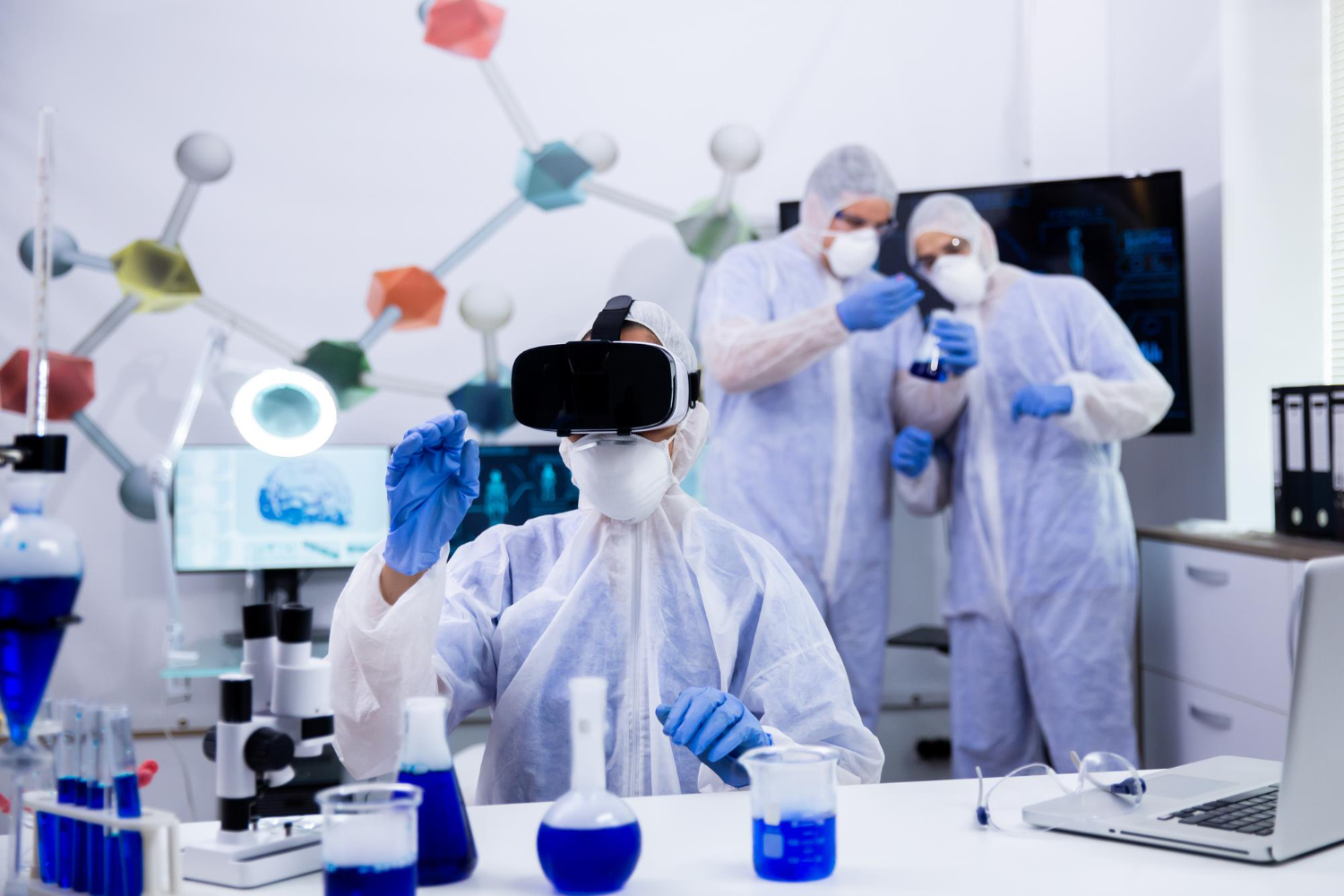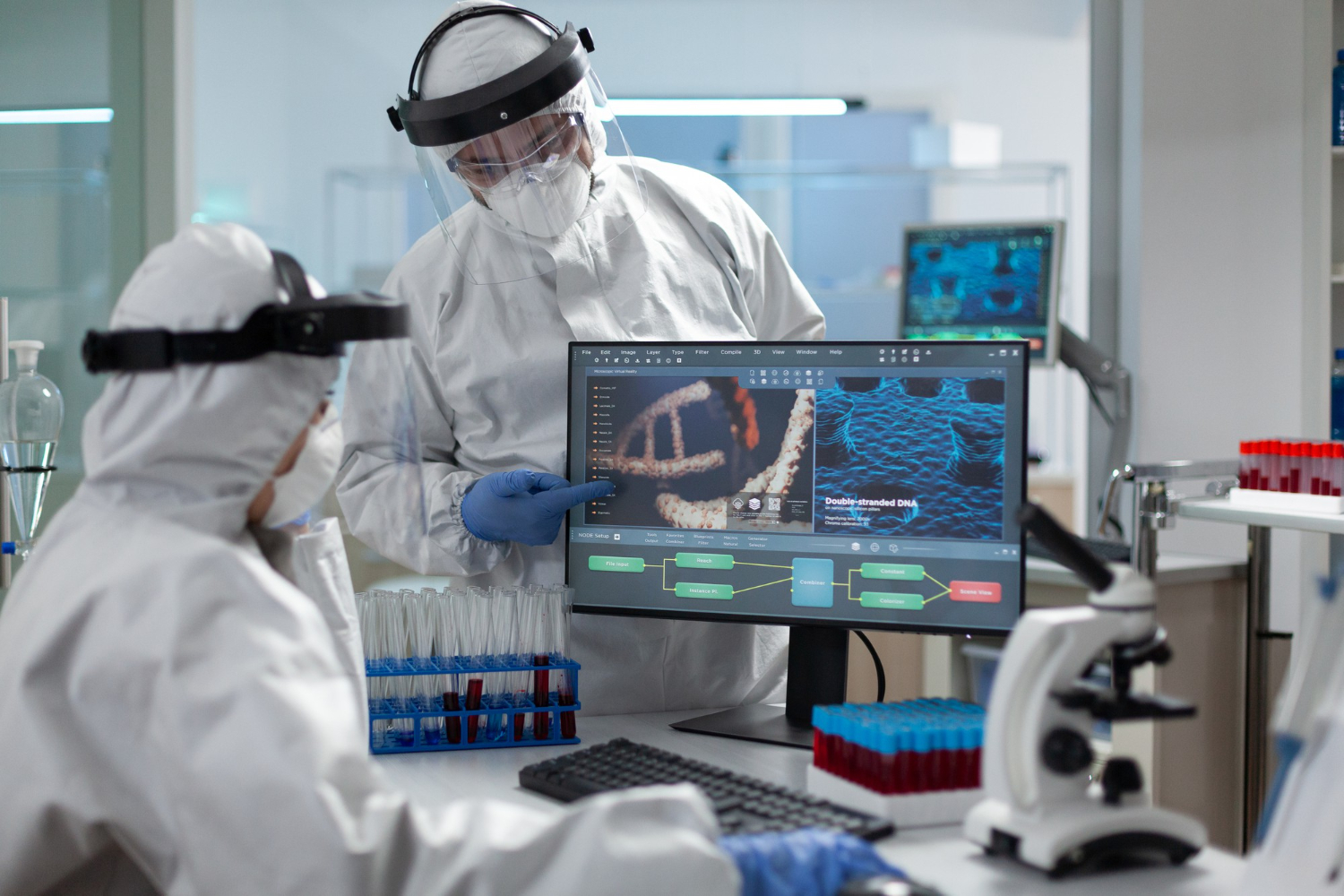AI Visual Computing in Airworthiness Certification
Airworthiness certification ensures a civil aircraft meets all conditions for safe operation. Regulators or the manufacturer must confirm the airworthiness of the aircraft before issuing a type certificate. In today’s aviation sector, visual computing aided by AI is changing how firms earn a certificate and obtain professional certifications.
Visual computing refers to the use of images and video to assess aircraft systems. AI tools can interpret high-resolution visuals of aircraft engines, airframes, and systems. These visuals show when a component meets the condition for safe flight or if it breaches thresholds set in Part 21. This makes it easier to decide if an aircraft is airworthy or needs further inspection.
Reducing Errors in Certification with AI
Certification is a process that requires detailed reports and rigorous testing. Visual computing makes it more reliable. Experts no longer rely only on manual checks.
AI reviews scan patterns, textures, and anomalies in digital images. It then flags items that might not meet type design requirements or production certificate norms.
Photos of fasteners and structural parts go through AI-informed analysis. The system cross-checks with airworthiness criteria. It ensures the certificate programs run smoothly and adhere to civil aircraft certification standards.
AI also helps in identifying conditions for safe operation. Say a component shows wear that could cause unairworthy mechanical, electrical, or structural conditions; it is flagged before flight. That saves cost and time. It also gives a competitive advantage by certifying aircraft faster.
Read more: Real-Time Data Analytics for Smarter Flight Paths
Visual Computing in Type Design Approval
The design phase of a new aircraft includes generating multiple reports and data visualisations. With visual computing, design experts can annotate video footage showing stress tests. They assess how parts respond under load. AI then links the performance back to type design documents.
This process ensures that when a person operates the aircraft, it follows the approved type certificate. Regulators get a clear view of how the aircraft is built and tested. That transparency helps in meeting certification requirements, including the production certificate and type certificate.
Also, AI assists during assembly line inspections. Visual systems check parts are installed correctly. They confirm the aircraft is in condition for safe flight before it rolls out of the hangar. This saves manual hours and makes sure each unit meets design standards.
Streamlining Final Inspection
The final inspection before flight clearance is critical. Traditionally, it involves walkthroughs by inspectors. Now, visual computing systems with high-res cameras can monitor each step. These systems verify that safety checks are done in the right order.
AI tools verify that items such as landing gear alignment and engine mounts reflect design specs. They compare live footage to the standard images from certification manuals. If any condition deviates, AI alerts the inspector to a potential issue. This keeps each aircraft in a state of readiness to receive its airworthiness approval.
Read more: AI-Powered Compliance for Aviation Standards
Condition Monitoring After Certification
An airworthy aircraft must stay safe through its operational life. Post-certification, AI visual systems run checks during maintenance or routine inspections. They ensure parts are not showing wear or structural fatigue.
Visual computing helps confirm the aircraft engine is in good condition. AI can run a scan after each flight. If any sensor identifies a crack or deformation, the aircraft fails to meet its condition for safe operation. Maintenance crews can react before a condition for safe flight is compromised.
AI also visualises thermal data on electrical systems. It spots overheating before it becomes a hazard. These checks keep the aircraft flying and meeting data requirements for ongoing certifications.
AI Supporting Earning Professional Certifications
Beyond the aircraft itself, inspection teams and operators must earn professional certifications. They must pass tests and show compliance knowledge. Visual computing systems can train staff using real images from line operations.
Candidates can use these systems to study flaws and anomalies. They earn a certificate that confirms they can identify issues visually. This applies to operators and inspectors who need certification to conduct line maintenance or type inspections.
That supports their career development and ensures they can operate at a high standard.
Read more: AI Anomaly Detection for RF in Emergency Response
Ensuring Compliance with Condition for Safe Operation
Regulations require each aircraft to meet conditions for safe operation. Visual computing systems document these requirements with time-stamped footage. This becomes part of the record and a digital audit trail.
FAA, EASA, and other regulators accept these records when certifications require evidence of compliance. These AI systems reduce manual paperwork. They confirm each aircraft matches its international type design criteria.
And when a fault arises that could make the aircraft unairworthy—mechanical, electrical, or structural—AI systems catch it early. This prevents potential incidents and ensures compliance.
GDPR and Data Management
Records include high-resolution images and video footage. These data assets must comply with data protection regulation GDPR. Visual computing systems can anonymise data and restrict access only to certified staff.
Airworthiness certification often needs cross-border data sharing. AI systems ensure GDPR applies rules—only authorised personnel see the footage. This builds trust with regulators and supports secure operations.
Enhancing Condition Monitoring During Flight
Aircraft systems monitor many parameters in flight. AI visual computing can process in-flight video, such as wheel extension and landing gear deployment. It uses cameras designed for indoor and outdoor use.
This helps in real time to confirm the aircraft remains in a safe condition for safe flight. Crews get alerts if something deviates from expected patterns. It gives them time to correct any issue before it becomes critical.
Read more: Artificial Intelligence on Air Traffic Control
Benefits to the Aviation Sector
The improvements are clear. Final flights are safer. Inspection time is shorter. Issue detection becomes more accurate. Shipments of aircraft proceed faster.
These benefits support airlines and manufacturers in securing type certificates. They also help in gaining production certificates more efficiently. That gives a competitive advantage in a crowded market.
Human and Machine Collaboration
AI does the analysis. Professionals make the decisions. Final judgement still relies on a trained inspector.
AI fits into existing workflows. It enhances human reviews. It does not replace them. The professional certification remains at the core. This hybrid model ensures quality and adds efficiency.
Read more: AI in Aviation: Boosting Flight Safety Standards
Conclusion
AI-driven visual computing is reshaping airworthiness certification. It supports clearer type design reviews. It speeds final inspections and ensures ongoing safe operation. It even aids in earning professional certifications.
These gains are achieved while meeting strict rules like Part 21 and GDPR. Regulators get better transparency. Manufacturers and airlines gain a competitive advantage. Crews stay safe.
How TechnoLynx Can Help
TechnoLynx offers tailored visual computing systems for airworthiness certification. Our tools integrate high-res cameras, AI analysis, and secure cloud storage. They support inspection, documentation, and compliance.
We help you meet type certificate requirements, production certificate needs, and Part 21 rules. We design systems that aid staff in earning professional certifications and maintaining high-quality standards.
With TechnoLynx, you improve inspection speed. You reduce manual effort and support safer flights.
Get in touch to discuss how our solutions can streamline your airworthiness process!
Image credits: Freepik













